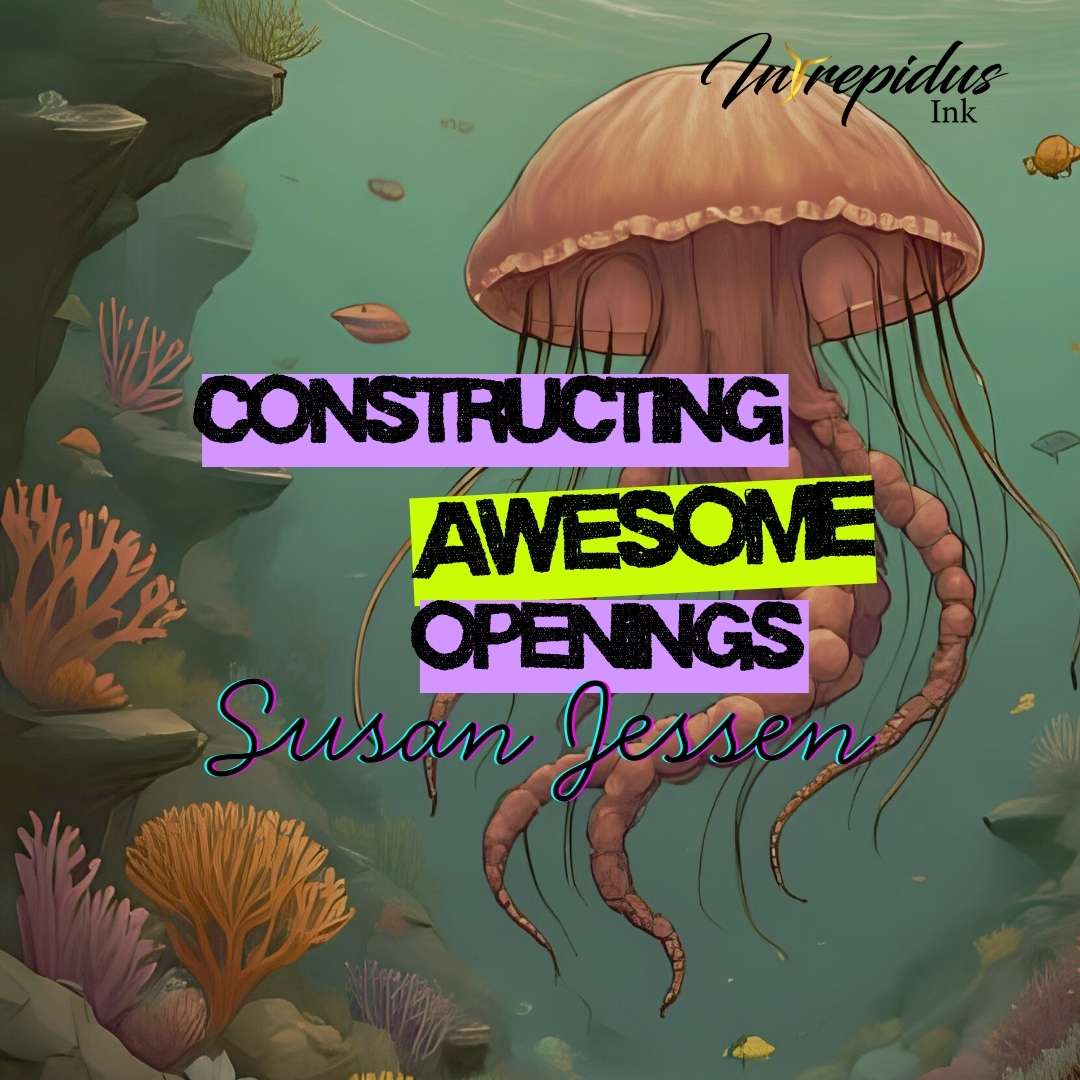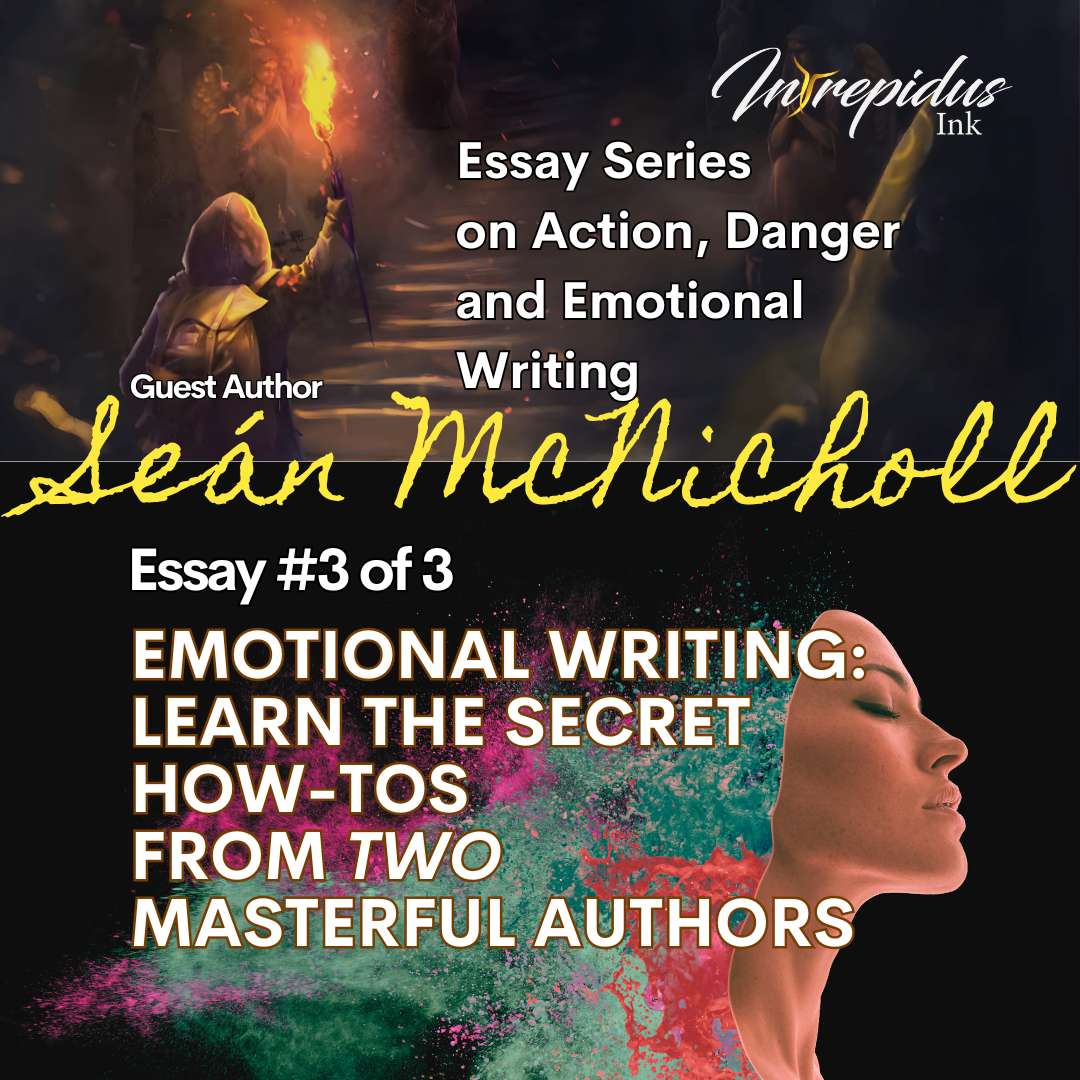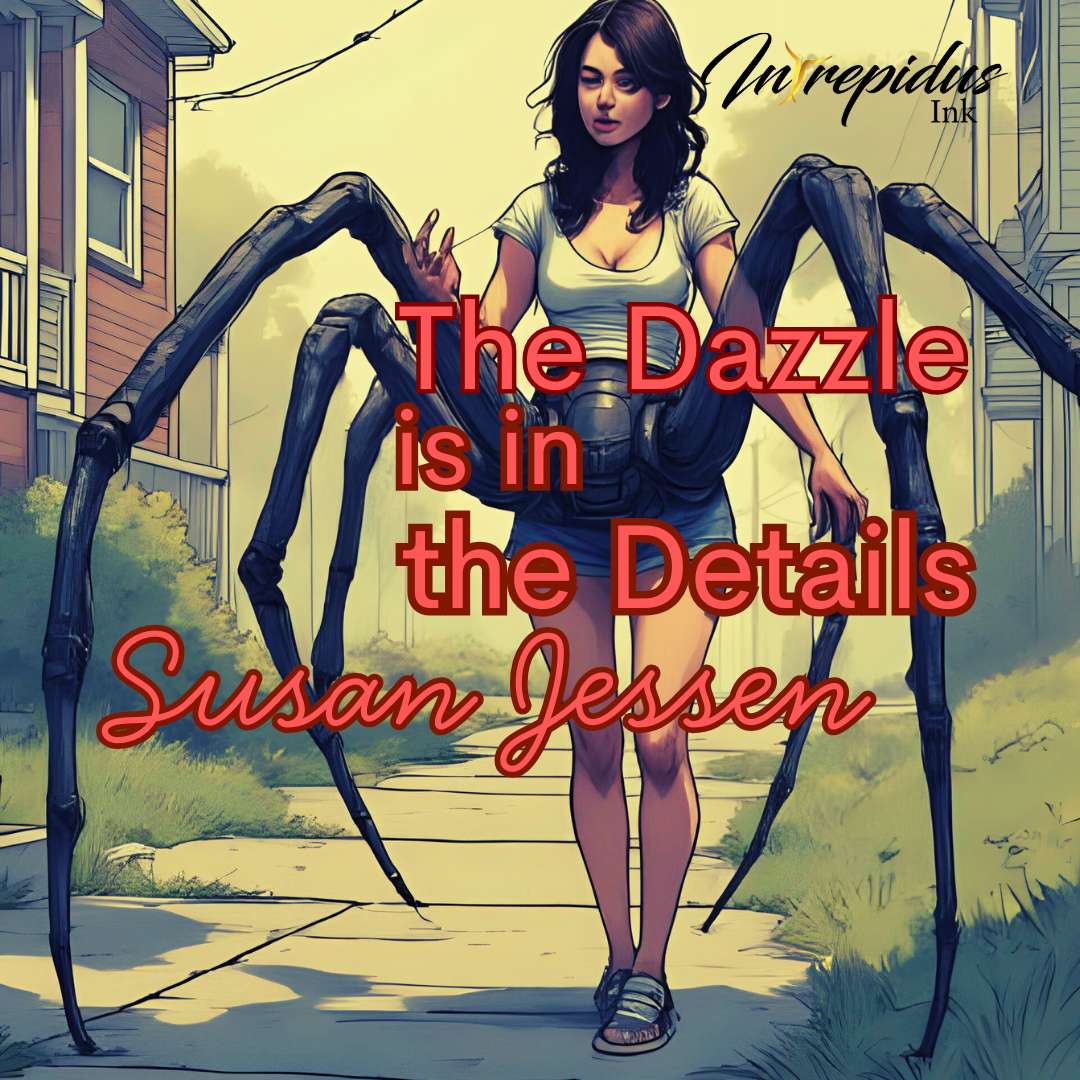
Essay #3 of 3 in the Series on Action, Danger, and Emotional Writing
Emotion is the bedrock of our human experience. In writing, emotion builds a scene, holds a reader’s attention, and creates a memory for readers that lingers beyond the final lines. Neither writers nor characters can fake emotions: they are the truth of living and our humanity. If you’re struggling to write emotionally, here are tips on how.
SHOW DON’T TELL
Invite readers to experience emotion on their terms. Readers won’t feel sad if you tell them the main character is sad. Show the main character’s world collapsing—their devastation, the crumbling of trust—and the conflict and pain pull the reader in, too. Author Marie Louise McGuinness’s flash fiction, “Ghosts of Circus Past,” published by Intrepidus Ink on October 18, 2023, illuminates the “showing” principle.
McGuinness’s narrator never says she feels guilt, grief, or shame over losing her trapeze artist performance skills. Instead, readers watch as her world spirals when she refuses to grip her sister’s hand mid-performance, forcing her into an unplanned backswing and destroying a lifetime of trust. The line doesn’t scream guilt—it lets readers feel the consequences of her actions, especially later, when her sister must perform solo.
WEAVE EMOTIONS INTO THE ENVIRONMENT
The advice to prime readers emotionally through a scene’s setting may seem manipulative, but we interact with our environment every day. You’ll notice the rustle of trees, the chorus of the birds, or the smatter of clouds across a blue sky if you’re happy. In contrast, those same clouds can seem ominous if you feel low.
McGuinness connects sight, sound, and smell to her narrator’s emotional state: the odor…dark tan makeup and patchouli incense engulfs her inside her dressing quarters, underscoring her distress. She describes the atmosphere as heavy, as if weighed down by an unseen force. McGuinness expertly links grief, fatigue, abandonment, and unspoken pain to the setting, contributing to how readers perceive the moment.
LIVE YOUR CHARACTERS
YOU created each character, so know them.
Readers aren’t two-dimensional and are highly unlikely to invest in superficial characters—nor should they. Authentic emotion shines through when authors understand their narrator’s hopes, fears, and failures because a character’s struggle triggers empathy in readers.
In McGuinness’s story, we live the shared identity of sisters who grew up as sixth-generation circus performers. When one sister falters, the stumble is an existential rupture. McGuinness’s depth of character understanding builds in the element of family expectations–a pressure many readers identify with.
FIND THE FLAWS
Readers relate to real human beings more than superheroes because flaws reflect our humanity. Although an accomplished show performer, McGuinness’s narrator fears failure. The fear is relatable; here, it prevents her from achieving her potential. Yet, the flaws that wound and torment her are what makes her act of return to the spotlight meaningful: During my ascent on the large silver ring, confidence bloomed wild within me. I acknowledged that my sister and I were, as Mother believed, two halves of a whole, a gift to our circus family. The moment isn’t a triumph of perfection but of love and bravery born from vulnerability.
LET YOUR WORDS BREATHE
Allow readers to fill in the gaps—to feel the scene. Avoid the temptation to explain emotions, but do use silence to share what is unsaid.
A hauntingly beautiful example of “breathing” happens when Jenny buries her swollen red face, damp and sticky, into the welcome curve of my neck. The image is tender and raw and speaks for itself as the emotional truth unfolds and their reunion sinks in.
IN SUMMARY
Emotional writing is about the truth rooted in your character’s experience and humanity. Find and share that truth authentically, and you’ll snare your readers’ hearts.

Author Bio
Seán McNicholl is an Irish GP who enjoys writing short stories in a variety of genres. He has been nominated for the Pushcart Prize and for the Best of the Net (BOTN) award 2024. He has been published in Beyond Words, Raw Lit, 34th Parallel, Belfast Review, and Intrepidus Ink, among others. For more: www.seanmcnicholl.com


